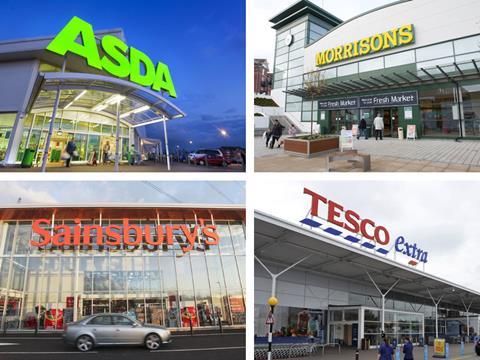
It’s not easy to secure a listing. In fact, with new research from The Grocer showing that the big four alone have delisted at least 7,500 SKUs in the past year, it’s easier to lose a listing than to gain one right now.
So, how to be successful? That was the question we challenged our speakers to answer at The Grocer’s How to Get a Listing and Keep It conference, which took place at the America Square Conference Centre in London this week to a sell-out audience of SME delegates.
The masterclass event featured senior buyers from Tesco, Lidl, Ocado and Home Bargains, as well as entrepreneurs who’ve successfully achieved more listings and the consultants who’ve helped.
The conference highlighted a number of key themes - chief of which were ‘know your market’ and ‘know your buyer’.
“The ability to meet an unmet customer need is critical,” said George Wright, Tesco’s commercial director for operation and strategy, as he demonstrated - against the backdrop of Project Reset - how big supermarkets support small brands.
“There’s overcapacity against many customer need states. But some categories have white spaces. There are still some obvious [opportunities] out there,” Wright added, citing ready meals as an example: single people are poorly catered for at every occasion except dinner.
Yet, singletons are growing in number, buying a third of everything sold in the convenience channel. There are 7.7 million single-person households in the UK, along with rapidly rising numbers of consumers who are “non-white British”, over 65 or obese.
These are the people driving the creation of the ‘new us’, whose needs should be reflected by new fmcg products, said Giles Quick, Kantar’s director of innovation. He said people shop to solve problems (rather than just buy ‘stuff’) - and being able to spot and articulate a problem is the first step for successful NPD. “The most successful brands deliver 25% more volume through innovation than the least successful - so continually innovating is extremely important.”
As well as customer insight, Innovative Retailing Solutions director Ged Futter (a former Asda category director) said understanding “the dark arts of the range review” was essential. Too often they are thought of by suppliers as weapons to be used against them by buyers, but this was misguided, he said.
“I see the range review as the biggest opportunity for you and the buyer. It’s your opportunity to work together to grow the category.”
For that relationship to work, a brand must understand its buyer and form a relationship. “There is a mindset that all buyers are very busy, very tough, very Alan Sugar-ish. Not true. Believe it or not, they are human beings - and they are all different people,” said Rob Morgan, director of consulting at Kantar Retail, who identified four types - direct, analytical, social and conceptual.
Getting to meet them, however, can prove tricky. You have to be patient, persistent and potentially memorable. SME bosses have been known to dress like their products or sit for hours in a retailer’s reception area, waiting to catch management’s eye, said Paul Monk.
But a phone call once a day works, too, according to Lidl buying director Paul Gibson.
“You’re a new supplier and it’s a new item: this is the most difficult situation,” he said. “You have to establish contact and persuade us to take your product - in which case, you have to find out when the range review is, when the tender is, what advantages you can offer.
“Build a case; send a well thought out presentation - and, please, make it concise. If it’s the size of the Bible, it’s not going to be read.”







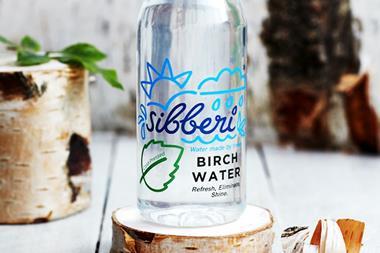
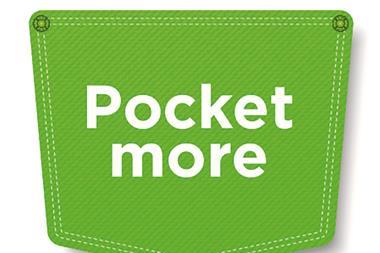

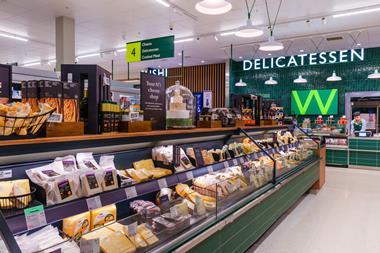
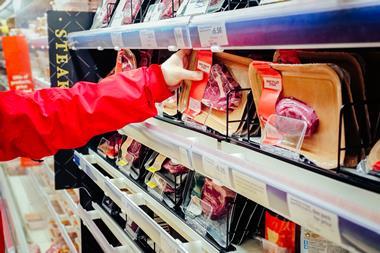
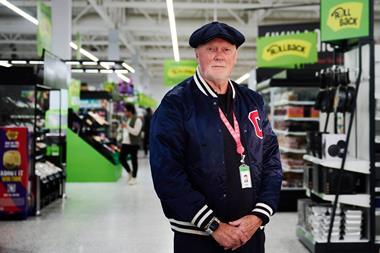


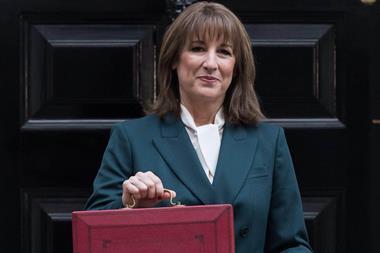
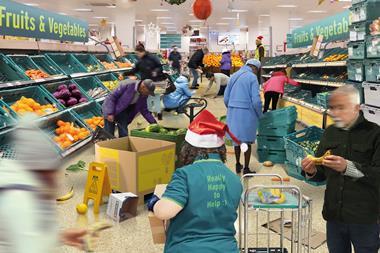
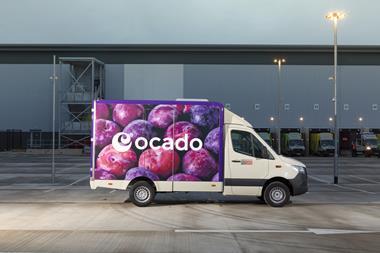
1 Readers' comment